Tags: Fossils
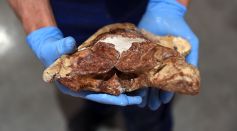
Well-Preserved Fossils of Flying Reptile Found in Rare Ancient Cemetery in Chile

Why Did T. Rex Have Small Arms? Shorter Forelimbs May Have Saved Them During Feeding Frenzies, Study Claims

Giant 10-Ft Camels Hunted by Archaic Humans for Food Before They Got Extinct 27,000 Years Ago, Study Says
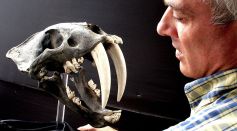
New Saber-Tooth Species With Specialized Teeth For Tearing Off Flesh Discovered, Will Shed Light on the Evolution of Carnivorous Mammals

Newly Identified 19-Ft Long Crocodile Species Ritualistically Beheaded by Humans, an Evidence Of Systematic Crocodilian Purges That Led To Its Extinction

Unusual Tooth Discovered in Japanese Macaques: What is Its Significance in Human Evolution?

Ichthyosaurs Fish Lizards Reconstructed: Geologists Map 300 Years of Study on Prehistoric Marine Reptiles
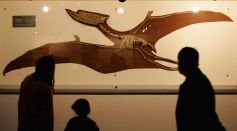
Largest Flying Reptile Had a Wingspan Larger Than a King-Size Bed, Fossil Discovered in Scotland

Bizarre-Looking Bird With Movable Chin That Co-Existed With Dinosaurs Found Near the Great Wall of China
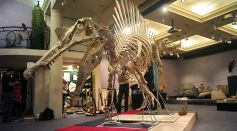
33ft-Long New Species of Dinosaur That Looked Like A Crocodile and Constantly Grew Teeth Discovered in Portugal

Opabiniid Described 100 Years Later: Researchers Confirm It Is Different from Radiodont
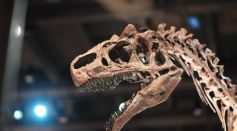
High-Tech Analysis on Dinosaur Fossils Could Tell Humans How to Live Sustainably, Deal With Current Climate Change
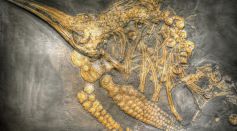
Earth’s First Giants: Ichthyosaurs Evolved Into Massive Marine Reptiles Faster Than Whales
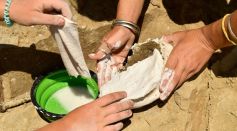
Real-Life Jurassic Park Possible? Experts Say Dinosaurs Can Be Recreated From Their DNA
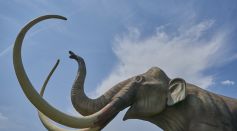
Remains of Mammoths Uncovered at a Site Where Cave-Dwellers Dined 215,000 Years Ago

Search of Life on Mars Continues: Fossil Mimics, False Positives Makes Research Harder
Dinosaur Skeleton Unearthed: Scientists Say the Missouri Discovery Belongs to the Hadrosauridae Family
Gene Sequencing Type ‘Transcriptomics’ Determines When Dragonflies, Damselflies First Emerged
Ancient Human Species Identified: Study Introduces Homo Bodoensis, Who Lived in Africa 500,000 Years Ago
Mastodon Tooth Found in Michigan by a 6-Year-Old Boy Who Thought It Was From a Dragon
Most Popular

Viruses vs Bacteria: Key Differences, How They Spread, and How We Treat Them

How Ice Cores Reveal Climate History: Insights from Paleoclimate Science and Ancient Data

Recycling Myths vs Facts: What Actually Gets Recycled and How to Do It Right

Space Debris and Orbital Pollution: Rising Space Junk Threats and Collision Risks Around Earth





